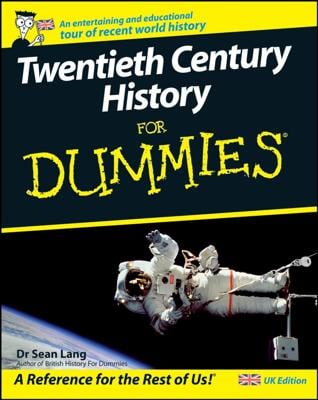Because U.S. President Lyndon Johnson continued to expand U.S. support to South Vietnam, the U.S. military presence continued and took a more aggressive posture in 1964. The American advisory effort remained the same, as did the shipments of American military and economic assistance to the government and armed forces of South Vietnam. Changes in American envoys to South Vietnam occurred when vacancies opened at the American Embassy in Saigon and MACV headquarters. This article discusses the changes that occurred soon after Johnson took office.
Militarizing the American embassy: A Taylored response
In June 1964, Johnson selected General Maxwell Taylor to take over as U.S. Ambassador to South Vietnam. Taylor had been serving as Chairman of the Joint Chiefs of Staff and, prior to that, served as a special advisor to President Kennedy. Taylor had made several trips to Vietnam, including one in 1961 and another in 1963. After the first trip, Taylor recommended an increase in the American troop presence in South Vietnam and asserted that a protracted ground war in Vietnam was highly unlikely. Within a year, the U.S. troop presence in Vietnam swelled from almost 700 to more than 15,000. After the second trip, Taylor reported "great progress" in the war against the communists but cautioned against continued U.S. backing of President Diem, who lacked the popular support of the South Vietnamese people. Within weeks, Diem was dead. Although Taylor didn't order the troop increase or coup, himself, they stand as a testament to his influence in the Kennedy administration and, subsequently, in Johnson's.
Getting a facelift: Westy takes over MACV
Military Assistance Command-Vietnam (MACV) received a boost in June 1964 in the form of a young and vibrant new commander, General William C. Westmoreland. Referred to as Westy, General Westmoreland served as deputy commander of MACV for six months under General Paul Harkin before taking over as commander in June.
The appointment of Westmoreland meant that South Vietnam gained a strong ally who had experience as an artillery commander in WWII. Westmoreland came away from his WWII experience as a firm believer in conventional warfare; he ultimately concluded that such strategies and tactics could win in Vietnam. Westmoreland endorsed and implemented a strategy that reflected his military training and WWII experiences and that focused on using firepower and conventional military tactics.
How to start a war: The U.S. Navy in the Gulf of Tonkin
The U.S. also implemented a strategy of sending American naval vessels to the South China (PRC) Sea and to the Gulf of Tonkin, where they gathered electronic and signals intelligence on North Vietnamese Army (NVA) radar sites and communications systems. U.S. naval forces also supported South Vietnamese military attacks along the coast of North Vietnam as part of OPLAN 34A and The Desoto Missions. These joint U.S. and South Vietnamese navy operations brought North Vietnamese and American boats and ships into close proximity, making a confrontation likely.
And that is exactly what happened on August 2, 1964. The USS Maddox, an American destroyer, came under fire from three North Vietnamese PT (patrol torpedo) Boats, four miles off the coast of North Vietnam. The Maddox returned fire and received support from U.S. Navy fighters, forcing the PT boats to flee. Two days later, it was alleged that the North Vietnamese again attacked U.S. ships, which are alleged to have counterattacked.
Since then, U.S. personnel who served on those ships have refuted whether this second attack ever took place. Nevertheless, Johnson took this "evidence" to Congress and the American people and requested their authorization and support for taking all necessary means to protect U.S. forces in the area. Although information was readily available at the time, only years after the U.S. started fighting in Vietnam did anyone question the validity of Johnson's claims concerning the second attacks. On August 7, 1964, Congress passed the Southeast Asia Resolution, better known as the Gulf of Tonkin Resolution, and Johnson received a blank check to take whatever action he deemed necessary to secure and safeguard U.S. forces in and around Southeast Asia. Ultimately, this meant introducing U.S. ground forces into South Vietnam, and that led to the American escalation of the Vietnam War.
At first, taking all necessary action meant bombing targets in North Vietnam to punish them for allegedly attacking the USS Maddox and USS Turner Joy. The American retaliatory air strikes over North Vietnam involved military and industrial targets. From the perspective of the ground war in Vietnam, the increase of American air operations ultimately meant that the U.S. had to expand existing American airfields and create new airfields, and this meant sending American ground forces to provide security for those air bases. But first, Johnson became very preoccupied by a domestic event: the election of 1964.

